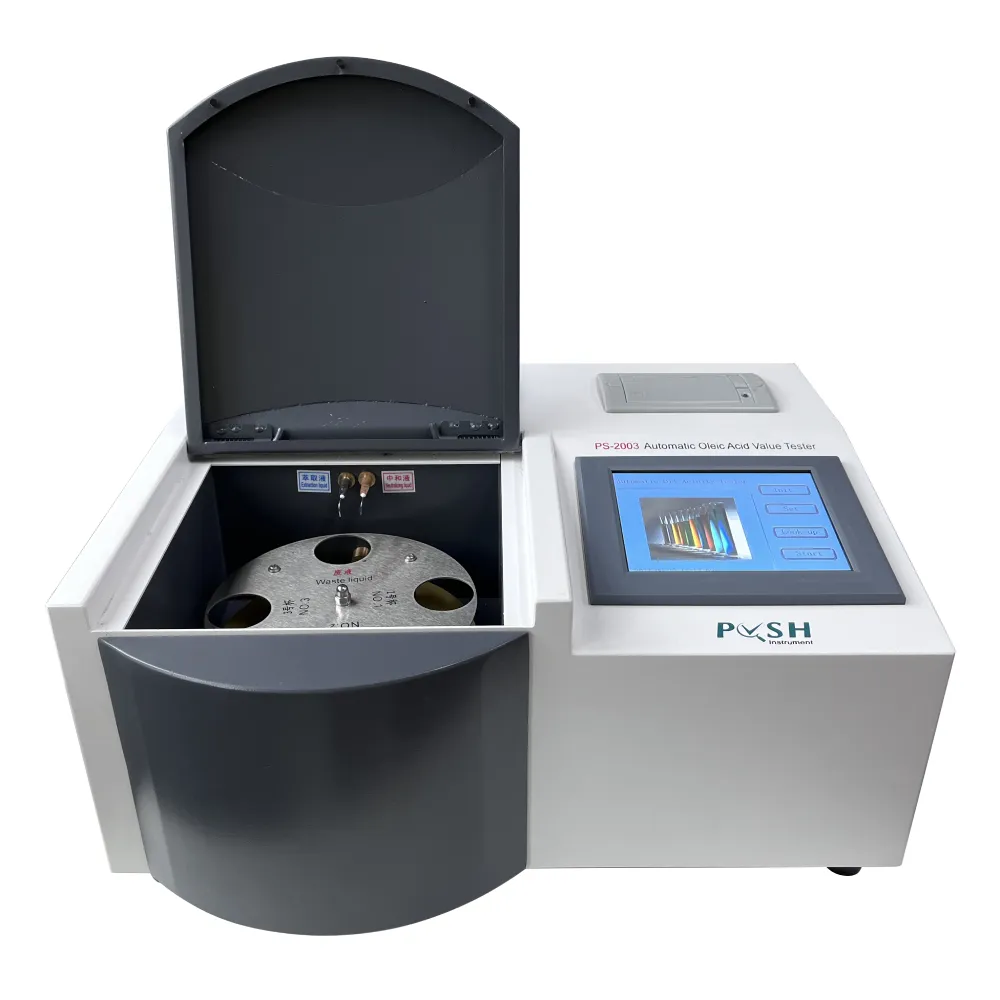 English
English



-
 Afrikaans
Afrikaans -
 Albanian
Albanian -
 Amharic
Amharic -
 Arabic
Arabic -
 Armenian
Armenian -
 Azerbaijani
Azerbaijani -
 Basque
Basque -
 Belarusian
Belarusian -
 Bengali
Bengali -
 Bosnian
Bosnian -
 Bulgarian
Bulgarian -
 Catalan
Catalan -
 Cebuano
Cebuano -
 China
China -
 China (Taiwan)
China (Taiwan) -
 Corsican
Corsican -
 Croatian
Croatian -
 Czech
Czech -
 Danish
Danish -
 Dutch
Dutch -
 English
English -
 Esperanto
Esperanto -
 Estonian
Estonian -
 Finnish
Finnish -
 French
French -
 Frisian
Frisian -
 Galician
Galician -
 Georgian
Georgian -
 German
German -
 Greek
Greek -
 Gujarati
Gujarati -
 Haitian Creole
Haitian Creole -
 hausa
hausa -
 hawaiian
hawaiian -
 Hebrew
Hebrew -
 Hindi
Hindi -
 Miao
Miao -
 Hungarian
Hungarian -
 Icelandic
Icelandic -
 igbo
igbo -
 Indonesian
Indonesian -
 irish
irish -
 Italian
Italian -
 Japanese
Japanese -
 Javanese
Javanese -
 Kannada
Kannada -
 kazakh
kazakh -
 Khmer
Khmer -
 Rwandese
Rwandese -
 Korean
Korean -
 Kurdish
Kurdish -
 Kyrgyz
Kyrgyz -
 Lao
Lao -
 Latin
Latin -
 Latvian
Latvian -
 Lithuanian
Lithuanian -
 Luxembourgish
Luxembourgish -
 Macedonian
Macedonian -
 Malgashi
Malgashi -
 Malay
Malay -
 Malayalam
Malayalam -
 Maltese
Maltese -
 Maori
Maori -
 Marathi
Marathi -
 Mongolian
Mongolian -
 Myanmar
Myanmar -
 Nepali
Nepali -
 Norwegian
Norwegian -
 Norwegian
Norwegian -
 Occitan
Occitan -
 Pashto
Pashto -
 Persian
Persian -
 Polish
Polish -
 Portuguese
Portuguese -
 Punjabi
Punjabi -
 Romanian
Romanian -
 Russian
Russian -
 Samoan
Samoan -
 Scottish Gaelic
Scottish Gaelic -
 Serbian
Serbian -
 Sesotho
Sesotho -
 Shona
Shona -
 Sindhi
Sindhi -
 Sinhala
Sinhala -
 Slovak
Slovak -
 Slovenian
Slovenian -
 Somali
Somali -
 Spanish
Spanish -
 Sundanese
Sundanese -
 Swahili
Swahili -
 Swedish
Swedish -
 Tagalog
Tagalog -
 Tajik
Tajik -
 Tamil
Tamil -
 Tatar
Tatar -
 Telugu
Telugu -
 Thai
Thai -
 Turkish
Turkish -
 Turkmen
Turkmen -
 Ukrainian
Ukrainian -
 Urdu
Urdu -
 Uighur
Uighur -
 Uzbek
Uzbek -
 Vietnamese
Vietnamese -
 Welsh
Welsh -
 Bantu
Bantu -
 Yiddish
Yiddish -
 Yoruba
Yoruba -
 Zulu
Zulu
tensiometer surface tension
Understanding Tensiometers and Surface Tension A Comprehensive Insight
Surface tension is a fundamental physical property that characterizes the behavior of liquids, resulting from cohesive forces between molecules at the liquid's surface. This property plays a critical role in various scientific and engineering applications, ranging from biology to physics and materials science. One of the most effective tools used to measure surface tension is the tensiometer. This article aims to delve into the intricacies of tensiometers, exploring their operational principles, types, applications, and significance in understanding surface tension.
What is Surface Tension?
Surface tension is defined as the energy required to increase the surface area of a liquid due to the intermolecular forces existing at the liquid's surface. It is measured in force per unit length (e.g., Newtons per meter) or as energy per unit area (e.g., joules per square meter). The phenomenon arises because the molecules at the surface experience a net inward force, as they are not equally attracted to molecules in all directions, leading to a tendency for the liquid to minimize its surface area.
The Role of Tensiometers
Tensiometers are specialized instruments designed to measure the surface tension of liquids with high precision. They operate on various principles, depending on the specific type of tensiometer being utilized. The accurate measurement of surface tension is vital in numerous fields, including chemistry, biology, and material science, where understanding liquid interactions is crucial.
Types of Tensiometers
1. Wilhelmy Plate Tensiometer This type involves a vertical plate that is partially immersed in the liquid. The force exerted by the liquid on the plate is measured, and from this, the surface tension can be calculated. This method is known for its accuracy and is widely used in laboratory settings.
tensiometer surface tension

2. Du Noüy Ring Tensiometer This device uses a platinum ring, which is pulled through the liquid’s surface. The force required to detach the ring from the liquid surface correlates directly to the surface tension. This technique is especially popular for measuring viscous fluids.
3. Drop Weight Method In this method, the weight of a droplet that detaches from a liquid surface is measured. The surface tension can be calculated from the weight of the droplet and the gravitational force acting on it. Although this method may not be as precise as the previous two, it is simple and cost-effective.
4. Capillary Rise Method This method involves measuring the height to which a liquid rises in a narrow tube (capillary). The height is influenced by surface tension, and from this measurement, the surface tension can be deduced. This method is particularly useful for studying liquid interactions with solid surfaces.
Applications of Tensiometers
Tensiometers find applications across various domains. In the field of chemistry, they are essential for studying surfactants and understanding their effects on surface properties. In material science, tensiometers help scientists design and evaluate materials with specific surface characteristics, such as wettability and adhesion.
In biology, surface tension is critical in processes such as alveolar function in the lungs and the behavior of cells in liquid mediums. Researchers utilize tensiometers to gain insights into these biological phenomena, aiding in the understanding of physiological processes and disease mechanisms.
Conclusion
The study of surface tension and the effective measurement through tensiometers is integral to advancing our understanding of material interactions in both natural and engineered systems. As technologies evolve, the precision and capabilities of tensiometers continue to improve, enhancing research and application in various fields. Consequently, the insights gained from tensiometer measurements are invaluable, driving innovations and a deeper comprehension of the physical properties that govern liquid behavior.
-
Testing Equipment Industry Sees Major Advancements in 2025: Smart & Precision Technologies Lead the WayNewsJun.06,2025
-
Applications of Direct Current Generators in Renewable Energy SystemsNewsJun.05,2025
-
Hipot Tester Calibration and Accuracy GuidelinesNewsJun.05,2025
-
Digital Circuit Breaker Analyzer Features and BenefitsNewsJun.05,2025
-
Benefits of Real-Time Power Quality Monitoring Devices for Industrial EfficiencyNewsJun.05,2025
-
Earth Fault Loop Testing in High-Rise Building Electrical SystemsNewsJun.05,2025



